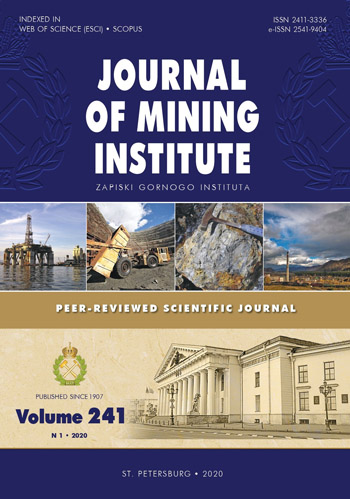Investigation of the influence of the length of the intermediate magnetic circuit on the characteristics of magnetic gripper for robotic complexes of the mining industry
- 1 — St. Petersburg Institute of Informatics and Automation of the Russian Academy of Sciences, St. Petersburg, Russia ▪ Orcid
- 2 — St. Petersburg Institute of Informatics and Automation of the Russian Academy of Sciences, St. Petersburg, Russia ▪ Orcid
- 3 — St. Petersburg Institute of Informatics and Automation of the Russian Academy of Sciences, St. Petersburg, Russia ▪ Orcid
Abstract
The analysis of the existing systems of mechanical grippers of various operating principles and operating environments, in the design of which both soft and hard magnetic materials are executed. The characteristics of existing prototypes are shown and the results of our own research are presented. The article presents a study of the effect of the intermediate magnetic circuit length on the characteristics of magnetic gripper, the principle of which is based on the control of the field of a permanent magnet. The gripper based on this principle of action does not require constant energy expenditures to maintain both on and off states. The description of the magnetic gripper design and the design of the test bench is given, as well as the results of a series of experiments to determine the strength of the release of the gripper at different lengths of the magnetic circuit in the on and off states, followed by statistical processing of the data. The intervals of the ranges in which with a high degree of probability there will be a value of the gripping disengagement force for various lengths of the intermediate magnetic circuit are identified. The nature of the distribution of a random variable, which is the force of decoupling of the gripper, is determined. The dependences of the gripper decoupling force on the length of the intermediate magnetic circuit for each of the gripper states are constructed. It has been established that a decrease in the length of the intermediate magnetic circuit is the cause of a decrease in the gripping adhesion force. Plots of the dependence of the gripper decoupling force were constructed using the modes of the force values varieties to visually display the experimental results. The maximum adhesion force of magnetic pickup – 9.5 kg – was achieved with an intermediate magnetic core length of 50 mm, the minimum with a length of 25 mm – 5.6 kg.
